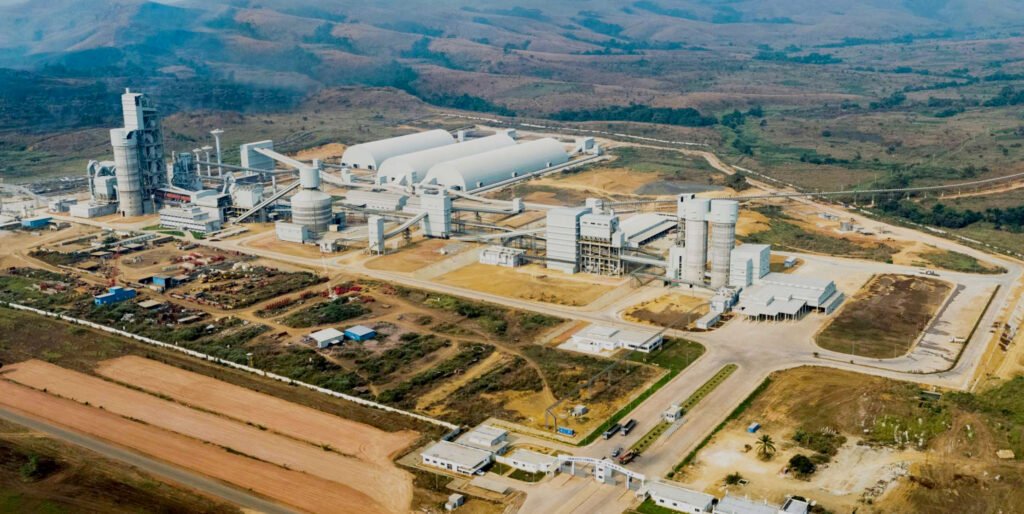Africa’s Infrastructure Boom Unlocks New Horizons for Manufacturing Investors


Quidah is an online platform that connects investors with curated opportunities and expert insights on Africa’s emerging markets, while offering businesses promotional services, partnership facilitation, and market intelligence to attract capital and grow their operations.
Industries
Africa’s infrastructure development surge is rapidly transforming the continent’s manufacturing sector, creating powerful new opportunities for investors who recognize the potential beyond traditional raw material exports.
One of the most significant shifts is the move toward localized value chains. Across the continent, governments are introducing policies that encourage companies to process minerals and raw materials on-site rather than export them in unprocessed form. This trend is especially clear in high-value sectors like lithium, cobalt, manganese, and gold. By turning resources into finished goods within Africa, countries are capturing more value locally, supporting job creation, and laying the groundwork for competitive manufacturing industries. For investors, this opens the door to a range of downstream opportunities—from refining and component production to finished products for local and export markets.

Simultaneously, Africa is witnessing the rapid expansion of industrial clusters. Special Economic Zones (SEZs) such as Coega in South Africa offer integrated environments where manufacturing is closely linked with logistics, energy, and port infrastructure. These hubs are attracting investment in diverse sectors: automotive parts, agro-processing, metals, chemicals, and more. For manufacturers, the efficiencies and incentives offered by SEZs can translate into lower costs, faster market access, and supportive regulatory environments—making them a strategic entry point for global investors.
Africa’s renewable energy ambitions are also fueling a new wave of manufacturing demand. The continent’s largest solar projects, as well as emerging transport corridors, require a steady supply of locally produced equipment and components. From solar panels and batteries in Mali to railway materials along Kenya’s LAPSSET corridor, manufacturers who establish a regional presence can ride the wave of infrastructure growth while meeting both domestic and regional needs.
Finally, the need to fund this vast infrastructure expansion is spurring innovation in financing models. While public budgets and donor funds remain important, governments are increasingly turning to private investors to close the gap. Public–private partnerships (PPPs), green bonds, and infrastructure debt instruments are unlocking billions in new capital for industrial parks, energy projects, transport, and logistics. For private investors, these models offer attractive entry points with the potential for long-term, stable returns.
Taken together, these trends mark a pivotal moment for Africa’s manufacturing industry. Investors who move early—by participating in value-added processing, leveraging SEZs, supporting renewable energy supply chains, or structuring creative financing deals—stand to benefit from Africa’s infrastructure renaissance and help shape the continent’s industrial future.


